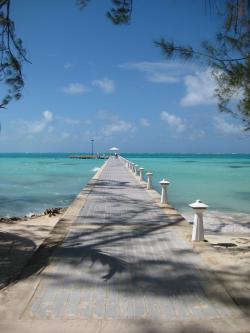jks
About
- Username
- jks
- Joined
- Visits
- 36,739
- Last Active
- Roles
- Member, Administrator, Moderator
- Points
- 670
Reactions
-
Best Stations for TDoA
-
KiwiSDR Recording - Is Prerecording Possible?
-
TDoA Successes
@Ron, That image shows IQ mode, but with a center frequency of 59.5 kHz and an unbalanced passband that is much too wide for running TDoA on WWVB. If you actually ran using these settings try running again on exactly 60 kHz with a balanced passband of, say, 100 Hz. Hold down the shift key and then click the +/- magnifying glass icons (zoom icons) to symmetrically adjust the passband. Each time you click the passband is reduced (increased) by 80%. Hover over the left or right yellow passband edge to see the current bandwidth. -
TDoA Successes
@Ron, That image shows IQ mode, but with a center frequency of 59.5 kHz and an unbalanced passband that is much too wide for running TDoA on WWVB. If you actually ran using these settings try running again on exactly 60 kHz with a balanced passband of, say, 100 Hz. Hold down the shift key and then click the +/- magnifying glass icons (zoom icons) to symmetrically adjust the passband. Each time you click the passband is reduced (increased) by 80%. Hover over the left or right yellow passband edge to see the current bandwidth. -
TDoA UI improvements
It turns out v1.204 is what you need. If you already have v1.203 you won't get v1.204 for another 24 hours. But you can force an update to v1.204 immediately by just restarting the Kiwi. This only applies to Kiwi owners of course.
Everyone else, just look on sdr.hu or rx.linkfanel.net for a Kiwi running v1.204. It doesn't really matter what Kiwi you use to run the extension. -
TDoA UI improvements
Sorry everyone, I am compiling all your ideas and suggestions. But I can't reply in detail because I'm drowning in emails and posts and there's hardly any time to get real work done.
@daniel I have not had time to get linkz's directTDoA project running on my laptop. I've just looked at his screenshots. I also still need to integrate Christoph's latest code which includes the likely solution center marker. -
Nice article on rtl-sdr.com about Kiwi TDoA
Our friend Carl over at rtl-sdr.com has written another nice article about Kiwi TDoA: https://www.rtl-sdr.com/kiwisdr-tdoa-direction-finding-now-freely-available-for-public-use -
v1.197 adds direct audio recording with .wav file downloading
-
Direction Finding and linking existing KiwiSDRs
@Martin The code isn't very robust yet against the various processing steps getting stuck or terminating without returning proper status. For example if the kiwirecorder run launched by the kiwisdr.com server doesn't act as expected there is no timeout detection. If you're zoomed out too far then the Octave TDoA process will run for a long time generating the long coastlines for the maps. There needs to be an abort/reset button and the associated cleanup.
@Jim Your Kiwi reports its status to kiwisdr.com every 15 minutes. A database is updated which is then used to build the kiwisdr.com/public page and is also used by the http://rx.linkfanel.net map. If your Kiwi has received no GPS fixes during the previous minute at the time of the report then it is removed from the database and will not be checked again until the next 15 minute reporting period. The period and the criteria are simply what was convenient at the time. With more work it could be changed. -
v1.197 adds direct audio recording with .wav file downloading




